Don't wanna be here? Send us removal request.
Text
Tumblr Tuesday: Black Femmes in Art
Hello, please enjoy these extremely exquisite artistic renderings by your local Black artists on Tumblr. For more heady brilliance, click through to #Black artists on Tumblr, and marvel at the sheer abundance of talent.
Are you a Black artist or creative on Tumblr? Join in by tagging your work #Black artists on Tumblr for a chance to be featured in the Radar, on @blackexcellence, and in our global promotional unit.
@zolwia:
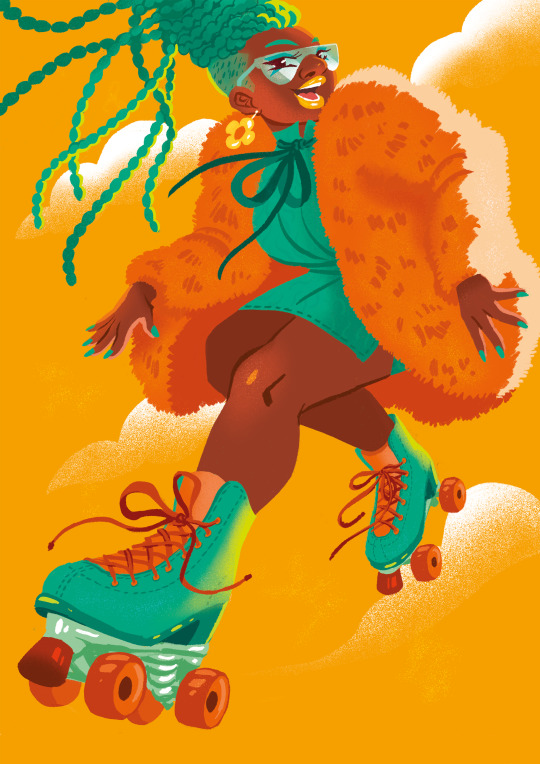
@prinnay:

@lostbluejayart:

@kenmaiii:
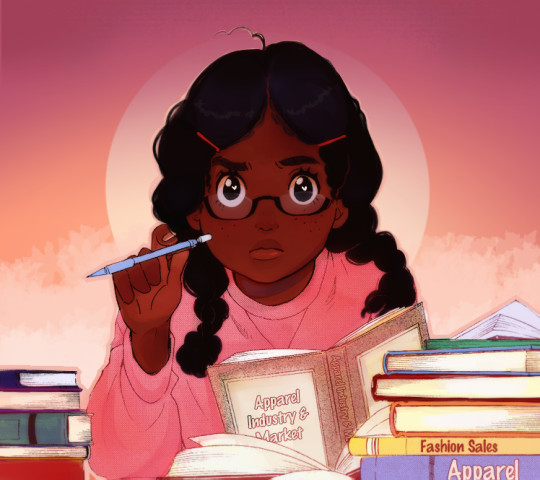
@lucidly-melanated-art:

@okubunny:
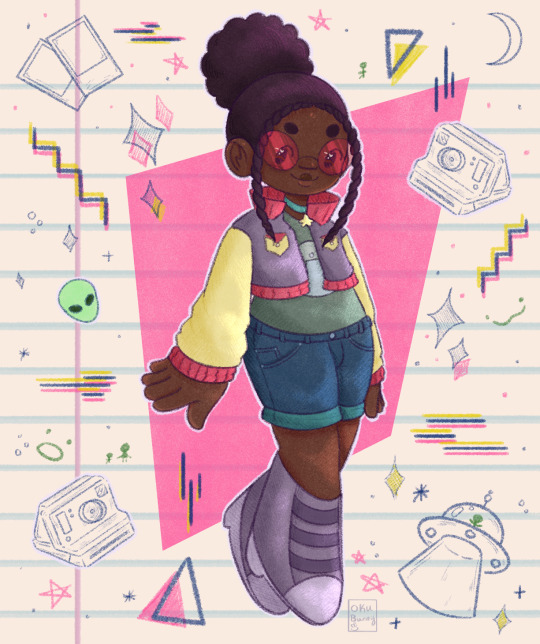
@cupoyo:
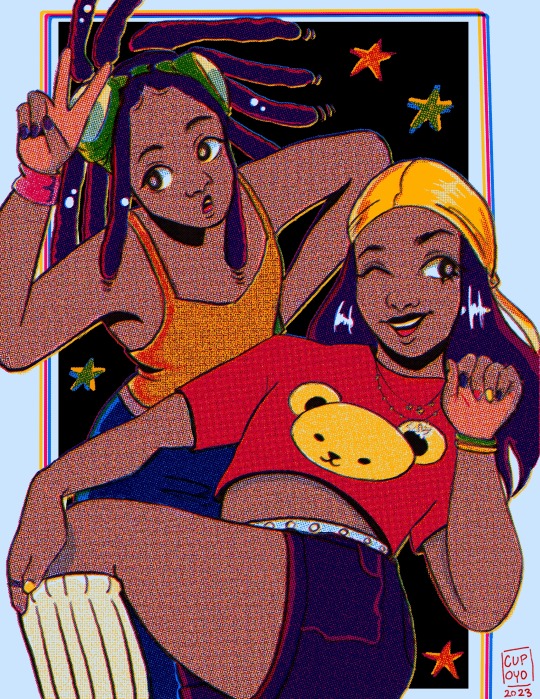
@n3oncyan:
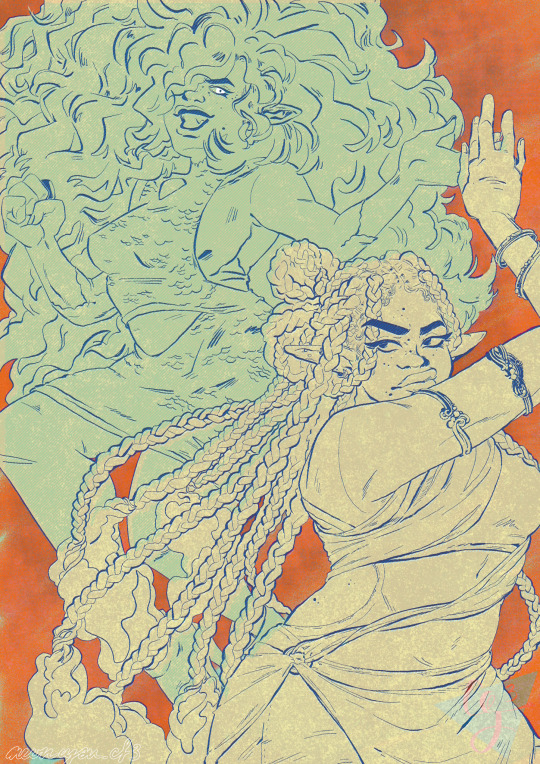
@alleannaharris:
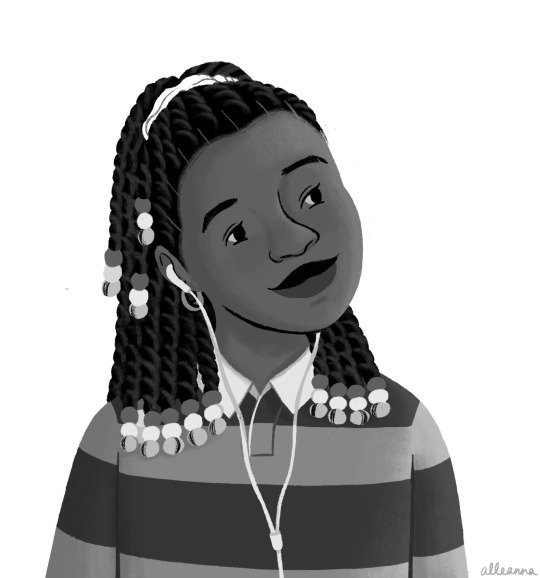
@thecitybee:

@terrichienyiart:
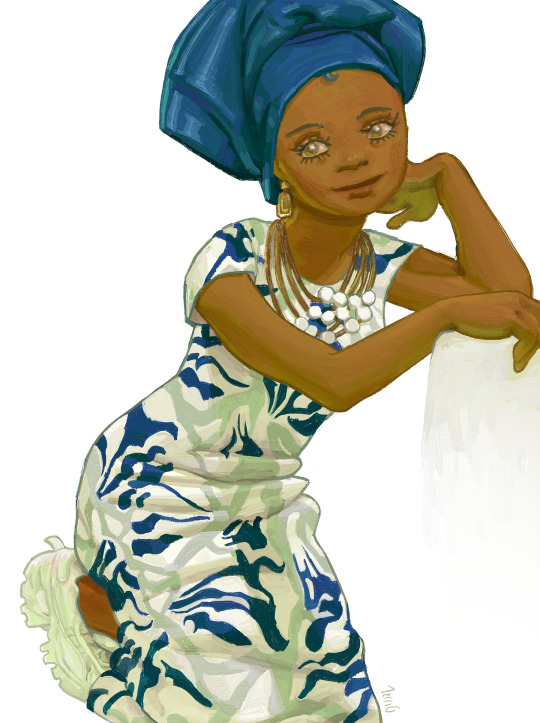
@frogwhomp:

5K notes
·
View notes
Text
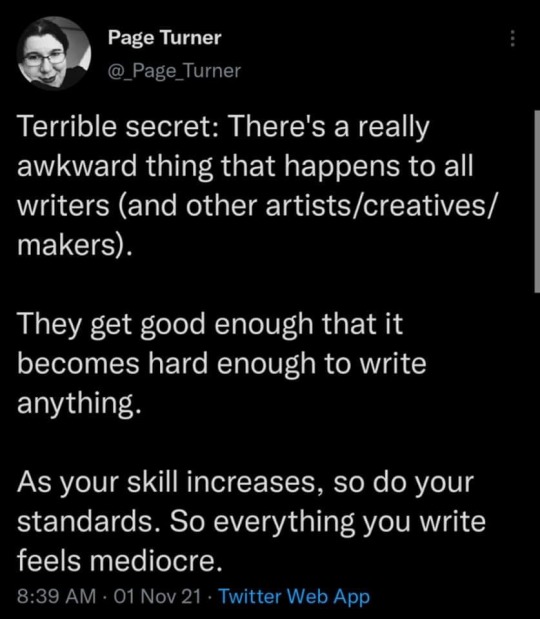

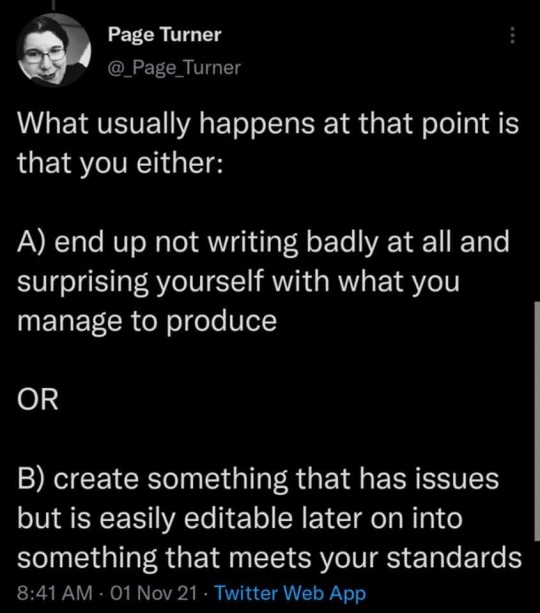

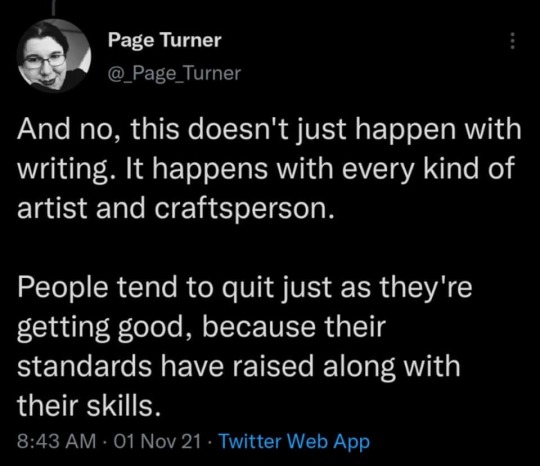
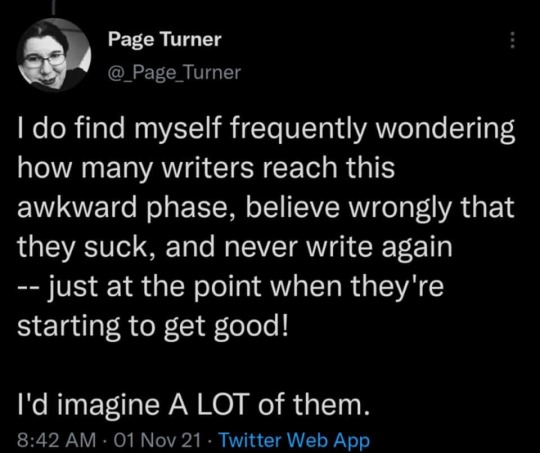
This hit home, and I think it will resonate hard with all my creative friends, here. You are amazing and brilliant and I BEG YOU to keep creating!! ❤️❤️❤️
55K notes
·
View notes
Text
5 Things You Need to Know about the Impact of New Media on Journalism
Journalism is a profession that is now more available than ever, but also more in danger than it has ever been. Here are 5 elements of journalism that contribute to its strange evolution.

1. What Does it take to be a traditional Journalist.
A journalist is someone who provides a critical account of daily events gathered, selected, edited and disseminated by a professional organization. Journalism is an essential part of democracy, informing people and influencing their civic decisions. They keep those who are in power accountable for their actions and, though it is not a government branch Journalism is known as the fourth branch of government. The dissemination of information is very important for socirty.
2. Muckraking Journalism
Muckraking Journalism was very popular in the 1900-1920s. This form of journalism was a way of cleaning out corrupt society. Ushers of this age of journalism are people such as, Upton Sinclair, Samuel Hopkins and Ida Tarbell who each contributed to the upheaval of corrupt people and organizations through their writings. Modern day examples of this would be, Glenn Greenwald who wrote for The Guardian and published Edward Snowden’s revelations about domestic spying, Julia Wong’s expose about the labour abuses at Tesla’s Fremont, California car factory in 2017 and Jodi Kanto and Megan Twohey’s expose on Harvey Weinstein’s predation.
Related Source: https://www.vice.com/en/article/8xbwvx/journalists-social-media-platforms-unpaid-content-moderators-twitter-facebook-instagram
3. Digital Media’s Influence
Digital media is a great avenue to be able to facilitate the dissemination of important information regarding marginalized groups, But it is also a way to spread bias and misinformation. Journalistic practices are based on elements such as objectivity and balance as they rely on official sources to give them important information. These some official sources are police, government leaders and academics. But what if these people are not honest? That is why it is important to have well rounded information, interviewing both sides of an issue. Not considering all sides of a story can lead to biased accounts that spread misinformation. Though to be unbiased is the goal it is important to know that to be completely unbiased is impossible. Everyone has their own agenda whether it is harmless or not, but it will always be important to be as unbiased as one can be.
4. Backpack Journalism
These days journalism is mostly consisting of backpack journalists. These are journalists who must do almost all the production process themselves as opposed to writing and being published through the institution. They must write their stories, be the photographer, provide their own embedded audio and submit the story themselves. Digital media effects this process negatively by making the positions of journalists precarious. The oversaturation of news media hinders the performance and the earnings of the publications and prevents them from properly compensating their workers. These workers will then create unions to obtain fair treatment only to have the publication die.
5. Twitter’s Impact on Journalism: What does it take to be a modern Journalist?
Twitter has become a platform that is very useful for Journalism. Journalists use Twitter for collecting information about different accounts as well as asking people for interviews. 80% of their news gathering is from the app. Today Journalists even need a large online following in order to promote their content and garner further support. It is also a tool to be able to disseminate information in more casual way. No longer does news have to be limited to a time and place, now it can be an online discussion occurring 24/7.
Related Source: The impact of Twitter on journalism: https://www.youtube.com/watch?v=Nl9xI-kAE8A
Related Sources:
Cohen, N. S., & de Peuter, G. (2020). New Media Unions. https://doi.org/10.4324/9780429449451
Trusolino , M. (2023). Disrupting Traditional Journalism: The Impact of New Media [Power Point Slides].
0 notes
Text
5 things to Know about Social Media Policy and Community Standards

What if you were working for a platform, but you weren’t getting paid for it? What is a platform decided to silence you? Here are some ways you might be being exploited by online platforms.
Digital Labour
Monitoring discourse is a very important task in social media as we have all experienced. Though this is not ideal for most people this is something that most platforms do not feel that they are responsible for. As a result, it is up to the users to take on that role, not just by creating content that will keep the platform active and alive, but also to police that content without pay or any form of compensation, These people are regarded as venture community managers. An example of this would be people who tweet and post responses to misogyny and racism online
2. Black Twitter
A more specific example of this would be black twitter. Black twitter is a very core part of twitter that often is at the forefront of modern trends. This online space is comprised of black people who post for black people. Black twitter is comprised of a lot of people that take on these roles of online policy enforcers, reporting users who participate is racism, homophobia, and many other forms of bigotry. People of colour, particularly women of colour, according to Lisa Nakamura are prone to taking these roles across all platforms. (Nakamura, 2015) I myself have experienced this as a woman of colour. Constantly feeling obligated to report misogyny and racism online.
3. Online Discrimination on Facebook
Why aren’t the policies being enforced by the platform itself? Bigotry is clearly against their policy guidelines so one would think that community guidelines should be enforced by the platform, but what if the platform is the source of the problem. In 2017 a study was done that showed fakebook’s moderators artificial and real are trained to favor majority groups over minorities. One of their training tests revealed that the platform favored white men over women who drive cars and black children. These kinds of things that cause people to have to moderate themselves. This is what happens when you cannot trust the very platforms you sign up to use.
4. The TikTok Algorithm
TikTok is another company who has shown clear bias in regard to the minority groups among community members. In September of 2022 TikTok was accused of censoring content pertaining to The LGBTQ+ community. They have done this through something called shadow banning, which is when the platform will, unbeknownst to the users, will reduce the visibility of content be banning a hashtag or a particular content creator for their own purposes. These actions to censor the LGBTQ+ community was to appease conservative countries. The platform was banning particular words that would lead people to LGBTQ+ content. They also shadow banned content relating to the Black lives matter content during the George Floyd protests. Banning words and content means that the user would only be able to search for particular hashtag or creator in order to access their content. The hashtag and the creator would be virtually invisible to mainstream media.
5. The Influencer Economy, Brand Safety and LGBTQ+ Community
Influencers are now a billion-dollar industry for advertisers and a lot of these influencers overlap with the LGBTQ+ community. There is a $1 Trillion blind spot for marketing when it comes to the LGBTQ+ community. This is because queer and non gender conforming creators are deemed as unsafe for brands. An example of this would be the Dylan Mulvaney. A trans creator who in early 2023 was offered a brand deal with Bud Light. Dylan appeared in a video where she was seen receiving a custom can with her face on it and drinking the beverage. This video sparked outrage in among Bud Light’s Conservative base, with them sharing videos of destroying Bud Light products. While this was occurring, Dylan was personally being attacked online and in real life. She began to fear for her safety and fled from the US. Bud light did not support her throughout her horrifying experience and have not contacted her since.
Related Sources:
Nakamura, L. (2015). The Unwanted Labour of Social Media: Women of Colour Call Out Culture As Venture Community Management. New Formations, 86(86), 106–112. https://doi.org/10.3898/NEWF.86.06.2015
Trusolino , M. (2023). Social Media Policy & Community Standards [Power Point Slides].
0 notes
Text
5 Things I learned about Online Labor

1. Exploitation in Silicon Valley
Silicon Valley is known as the tech capital of the world. It is the most technically diverse and productive place in the world always innovating new technologies. Since 1957 Silicon valley has been viewed as having an informal place of work that sacrifices the appearance of hierarchy for an atmosphere of family. The informality of this environment discourages the formation of unions.
2. Hidden Exploitation around the world
There are levels to the exploitation within silicon valley. Another group that is exploited, but often overlooked is those who are considered unskilled workers. These are people who participate in factory jobs that manufacture the products for companies like Apple and Microsoft. These people are unfortunately forced to work in poor conditions, are underpaid and underappreciated. An example of this would bet the Chinese manufacturing company Foxconn where workers were forced to live in dormitories within the factories with multiple people to a room. In 2010 eighteen assembly workers committed suicide as a result of the working conditions.
3. Slavery in the Modern Tech Industry
A material that is very valuable to many companies within Silicon Valley, is cobalt. Coltan is a product that is put into many different electronic devices and products, such as phones and electric vehicles. 80% of the world’s coltan is found in Congo which has the largest cobalt mine in the world. Congo has a history of being exploited. From 1885 to 1908 Congo, known then as Belgian Congo, around 15 million people were killed in the production of rubber. The coltan nine uses cheap labour and exploits children in the cultivation of coltan. These children are kept in slave like condition, being paid barely anything and often risking their lives. (Trusolino, 2023)
4. How you are being exploited.
As consumers of digital media, we are not only consuming content, but creating it. We are employees that keep the social media platforms of our choice alive. Though this is still morally questionable we still have the added benefit of enjoying the content we produce. This is not always the case. Lisa Nakamura in her articled titled The Unwanted Labour of Social Media where she discussed the unpaid and unappreciated labour of people of colour, specifically woman of colour online. These people take the roles of moderators on different platforms, policing misogyny, homophobia, and racism. Even though what they do is important they are often met with vitriol. These people should not have to take on these roles and if they do, should be compensated. (Nakamura, 2015)
5. The rise of Neoliberalism
Neoliberalism was a concept firmly rooted in North American politics and government in the 1970’s. The theory liberates the individual to be able to freely use their entrepreneurial skills within the institutional framework. The results of this concept are the free market, free trade, and the privatization of property. The problem with this concept is that the government is absolved of a portion of its responsibility to the people, dropping useful programs that help facilitate peoples growth. It only benefits the people who have the ability to obtain entrepreneurial skills and discourages employees from unionizing.
Related sources:
Nakamura, L. (2015). The Unwanted Labour of Social Media: Women of Colour Call Out Culture As Venture Community Management. New Formations, 86(86), 106–112. https://doi.org/10.3898/NEWF.86.06.2015
Trusolino , M. (2023). Lecture 5: Political Economy of Social Media: The Consumer and Free Labour [Power Point Slides].
2 notes
·
View notes
